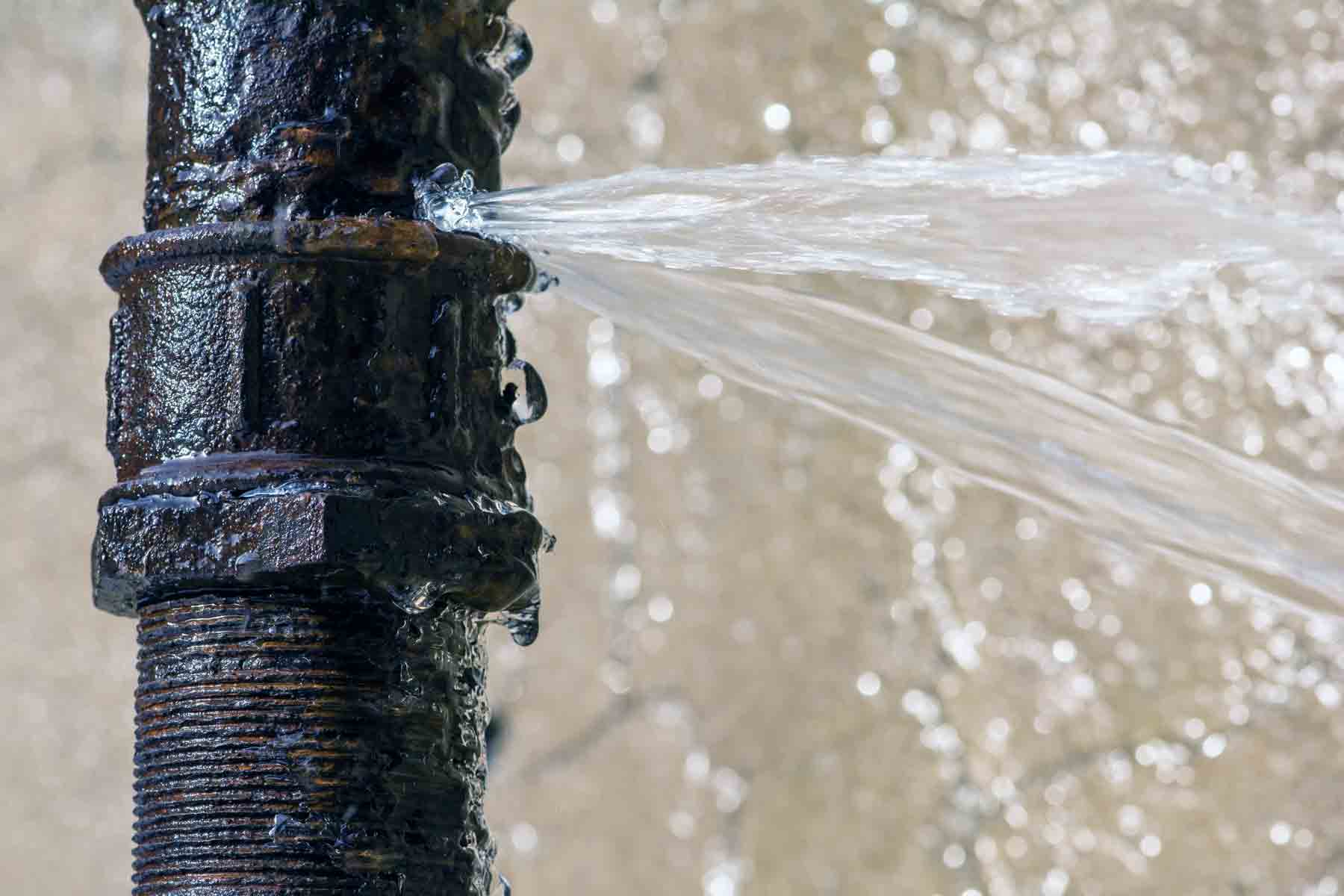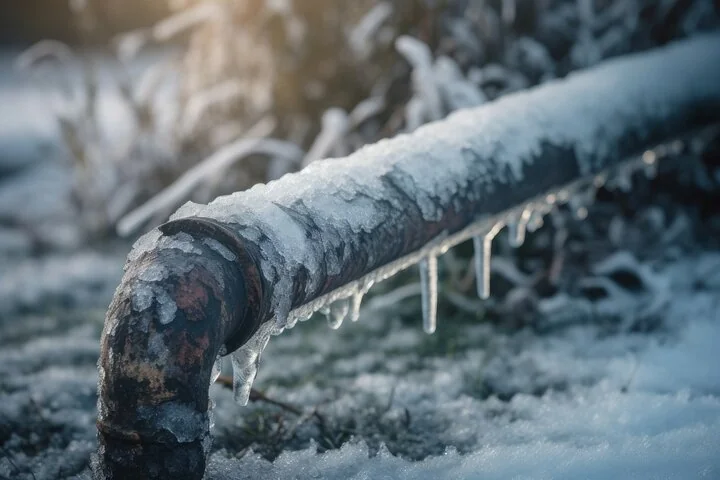What to Do When a Pipe Bursts: Immediate Steps for Property Owners
A pipeline ruptured can be a homeowner's worst headache, causing considerable damages if not attended to immediately. The prompt action is crucial: initially, locate the source of the leakage and shut down the primary water shutoff to stop additional flooding. Following this, draining pipes the pipelines comes to be necessary to minimize added issues. Lots of property owners ignore the value of recording the damages for insurance coverage cases, and the process does not finish there. Recognizing the extensive actions to take can have a profound effect on recuperation and reconstruction initiatives. What adheres to following is crucial for effective resolution.

Analyze the Situation
When a pipe ruptureds, the very first step is to examine the situation right away. This initial analysis is crucial in determining the extent of the damages and the possible threats involved - burst pipe. Begin by determining the source of the leakage; this may include evaluating the location around the ruptured pipeline for visible indicators of water getaway. If the ruptured happened in a concealed space, such as within a wall surface or under a flooring, search for water spots or merging that may show the area.
Inspect for electric cables that may be subjected to water, as this poses a substantial threat of electrocution. Furthermore, take note of any kind of valuable items or furnishings that may be at danger of water damage.
Documenting the damages through photos can also be advantageous, specifically for insurance coverage claims. Time is essential, as standing water can result in mold and mildew growth and more architectural damages. By extensively assessing the scenario, you will be much better prepared to take the essential steps to mitigate additional concerns arising from the ruptured pipe.
Shut Off the Water
The instant priority after identifying a ruptured pipeline is to shut down the water system to avoid more flooding and damage. Locate the main shut-off valve, commonly discovered near the water meter, in the basement, or on an outside wall surface. Transforming this shutoff clockwise will stop the flow of water throughout your home, alleviating the danger of considerable water damage.
If you are not able to find the primary shut-off shutoff or if it is malfunctioning, you might need to shut down individual shutoffs connected to the impacted pipe, if easily accessible. Some homes likewise have secondary valves for specific devices, such as cleaning dish washers or equipments.
It's advisable to acquaint yourself with the place of these shutoffs before an emergency occurs, as this expertise can save important time during a dilemma. In case the major valve is stuck or tough to turn, do not require it; instead, take into consideration looking for specialist assistance.
As soon as the water system is shut down, take a minute to assess the scenario additionally while getting ready for the next steps, making certain that your home is as safe as feasible from added water intrusion.
Drain the Pipes
After shutting down the water system, it is essential to drain the pipes to decrease any type of staying water that can lead to additional damage. Begin by opening up all taps in the home, beginning with the highest degree to the most affordable. This procedure motivates the water to flow out entirely, enabling gravity to assist in removing recurring water from the pipelines.

Be mindful when draining pipes warm water, as it can trigger burns. Permit the water to exit up until the circulation stops. If you see any remaining water merging, utilize towels or a wet vacuum to saturate it up. Effectively draining pipes the pipelines is crucial to stop further issues and assists safeguard your home from extra water damage throughout this difficult circumstance.
Contact an Expert
In the wake of a burst pipeline, getting in touch with a professional plumbing is vital to guarantee a thorough analysis and effective fixings. Trying to deal with the situation without experienced support can lead to more damage and difficulties. A licensed plumbing possesses the know-how and specialized tools required to determine the source of the leakage and address it effectively.
When picking a plumbing, focus on those with a strong reputation and relevant experience in emergency situation pipes solutions. Examining on-line evaluations, getting recommendations, and confirming qualifications can aid you make an educated selection. It is a good idea to speak to several experts to contrast action times, estimated prices, and solution offerings.
As soon as you have actually involved a plumbing professional, give them with as much details as feasible about the occurrence, including the location of the burst pipeline and the steps you have already taken. This details will certainly assist them in detecting the problem swiftly and properly.
Record the Damages
When a plumbing has been moved here contacted and the instant issues resolved, it is vital to record the damages created by the ruptured pipeline. Begin by taking clear photographs of the affected areas, concentrating on visible damages to wall surfaces, floor covering, and my company furnishings.
Next, put together a detailed listing of damaged items, including their approximate value and any type of appropriate purchase information. This inventory should incorporate long-term components, individual possessions, and any type of architectural damage observed. If feasible, include the estimated cost of repair work based on professional evaluations or previous quotes for similar work.
In addition to visual and written documentation, keep documents of any kind of communications with your plumbing and insurance policy provider. By taking these steps, you will be much better prepared to navigate the results of the occurrence.

Conclusion
Immediate evaluation of the circumstance, adhered to by closing off the major water supply, is crucial. Draining pipes the pipes and documenting the damage makes certain proper handling of the incident for insurance policy objectives.
The instant top priority after determining a ruptured pipeline is to shut off the water supply to avoid further flooding and damage. Transforming this shutoff clockwise will certainly stop the flow of water throughout your home, alleviating the threat of extensive water damage.
After closing off the water find more supply, it is crucial to drain the pipes to lessen any kind of staying water that might lead to extra damage. For homes with a warm water heating system, you should likewise drain pipes the tank by connecting a hose pipe to the drain shutoff and routing the water right into an appropriate container or exterior.
Correctly draining the pipes is crucial to preventing more issues and aids secure your home from additional water damages during this demanding circumstance.